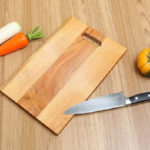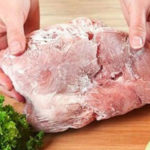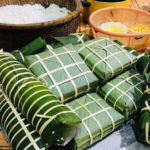When it comes to cooking, there are many guidelines to follow, especially when it comes to meat preparation. Ensuring the safety of your family members is crucial, which is why it’s important to avoid making these 10 mistakes when preparing meat, particularly livestock and poultry.
1. Defrosting meat in hot water
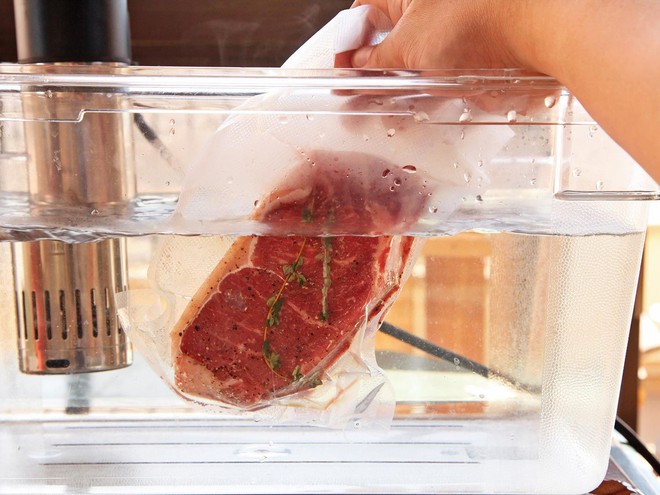
(Photo: shared)
Often, people try to thaw frozen meat quickly by soaking it in hot water. However, this is not a safe method, as it creates a perfect environment for bacteria to grow. If you need to use water to thaw meat, use cold water and ensure the water temperature is lower than room temperature.
Remember to change the water every 30 minutes to prevent the formation of bacteria.
2. Defrosting meat on the kitchen counter

(Photo: shared)
Leaving meat on the kitchen counter to defrost is a risky move. It can take several hours for meat to thaw completely, and leaving it out for more than 2 hours increases the risk of it spoiling. To avoid this, thaw meat in the refrigerator and make sure to place it in a large plate or bowl to prevent contact with other surfaces and bacteria.
3. Putting meat on the top shelf of the refrigerator
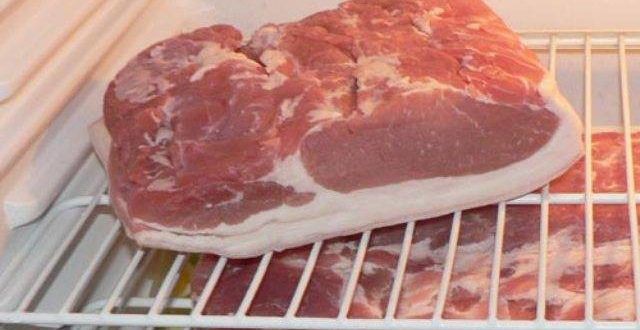
(Photo: shared)
When storing meat in the refrigerator, it’s important not to place it on the top shelf. Raw meat can release liquid that may drip onto other food items, potentially causing cross-contamination. Store meat in the bottom drawer of the refrigerator to prevent this.
4. Not washing hands
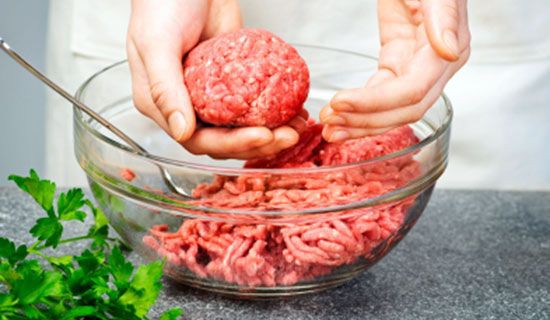
(Photo: shared)
It’s important to remember to wash your hands thoroughly before and after handling meat. Our hands harbor a lot of bacteria, and washing them before working with food helps prevent contamination. Additionally, washing hands after handling raw meat is crucial to avoid spreading bacteria.
5. Defrosting meat in the microwave
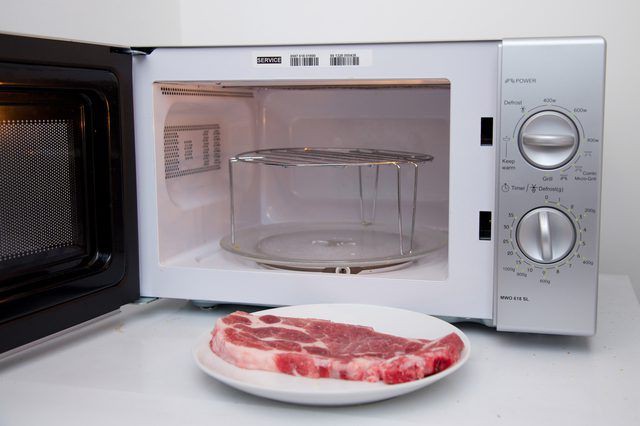
(Photo: shared)
The safety of defrosting meat in the microwave is still debated among health experts. Some argue that the microwave can create a favorable environment for bacteria growth, while others believe that immediate cooking after defrosting eliminates any risks. If possible, it’s best to cook the meat immediately after defrosting in the microwave.
6. Washing meat
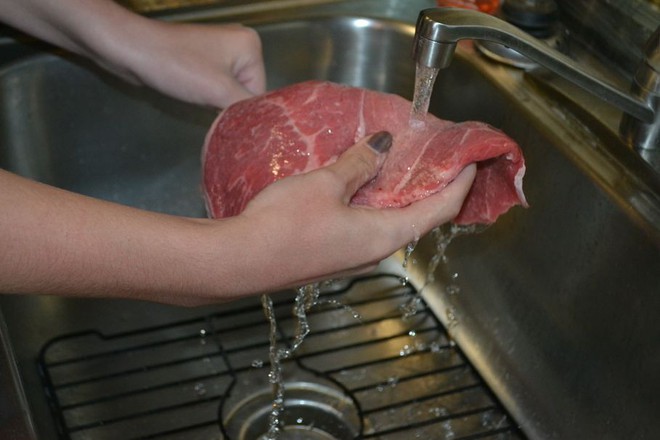
(Photo: shared)
It’s not wrong to wash meat after taking it out of the packaging, but it must be done correctly. Washing the meat can lead to the spread of harmful bacteria in the sink, on hands, and anywhere the meat water splashes or drips. Pay attention to areas that come into contact with meat water and disinfect them properly.
7. Not fully defrosting before cooking

(Photo: shared)
Cooking meat directly from its partially defrosted state may result in a less enjoyable texture. Cold meat can become tough when exposed to high cooking temperatures. It’s best to fully defrost meat before cooking it to ensure even cooking and optimal taste.
8. Cross-contamination risk
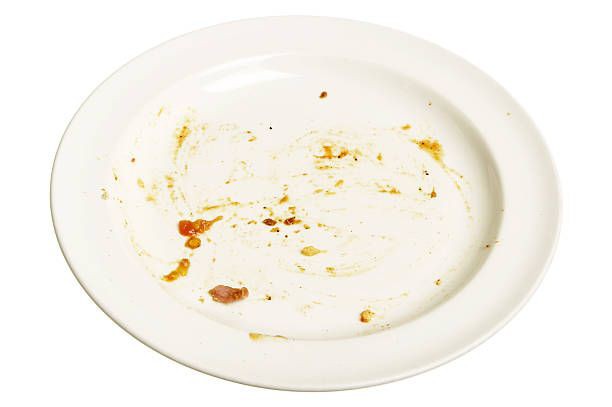
(Photo: shared)
Using the same utensil to handle raw and cooked meat increases the risk of cross-contamination. Ensure that utensils and surfaces that come into contact with raw meat are thoroughly washed before using them for cooked food. This includes cutting boards, plates, knives, and anything that might have come into contact with raw meat.
9. Not washing the dish sponge
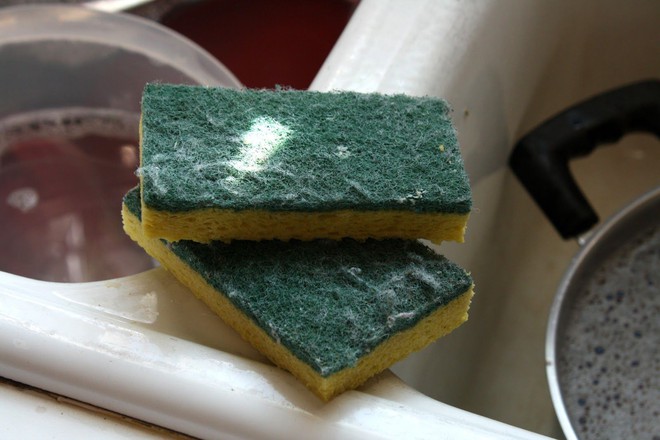
(Photo: shared)
Regularly washing and sterilizing the dish sponge is essential, especially when it comes into contact with raw meat water. If you cannot wash the sponge, replace it with a new one. Dish sponges can harbor raw meat or meat water, allowing bacteria to spread in the kitchen.
(Source: shared)
8 Common Mistakes People Make with Cutting Boards
Are you using your cutting board correctly? Many Vietnamese households rely on cutting boards in their kitchen, but not everyone knows how to use them properly, especially when it comes to wooden cutting boards. Check out these 8 mistakes to avoid when using a cutting board to ensure both hygiene and safety for everyone in your family.
Is Refrigerated Leftovers Linked to an Increased Risk of Cancer?
Dr. Lam Van Man, Head of Research, Development and Technology Transfer Department of the Institute of Safety Food, has warned of the risk of food poisoning when reheating leftovers from the refrigerator. But what should we be aware of when it comes to the possibility of these leftovers causing cancer? Here, we explore what the experts have to say on the matter and offer some tips for safe eating.
Preserving Leftover Food from the Tet Holiday
With the beginning of the Lunar New Year, many households are stocking up on food to celebrate the festive occasion. While keeping food in the refrigerator is convenient, it can also be harmful to users if not done correctly. We have compiled a few tips to help ensure food remains fresh and safe to consume during Tet.


























